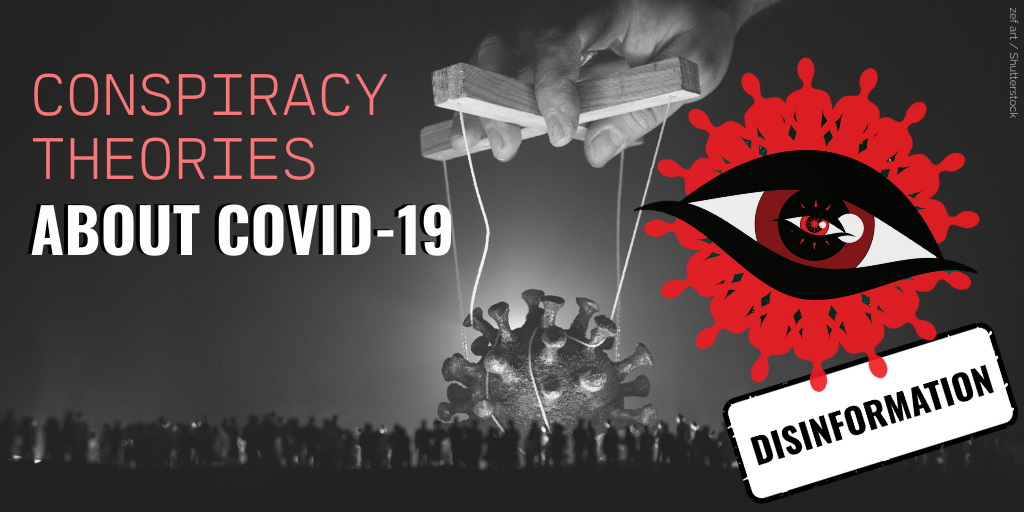Ukraine’s largest online education platform Prometheus is launching the free course “Disinformation: Types, Tools, and Countermeasures” The course is in Ukrainian, but the videos have Russian and English subtitles. Follow this link to sign up.
The course was designed by the leading experts of the industry at the Ukrainian Crisis Media Center, Center for Strategic Communications and Information Security, StopFake, and EuromaidanPress.
During the course, students will gain knowledge and skills to recognize misinformation and increase their resilience to information.
The course will be of interest to both beginners and more experienced students, especially students majoring in Journalism, Public Relations, Media Communications, Political Science; journalists of central and regional mass media; civil servants of central and local authorities.
⠀
After the course you:
- will understand what disinformation is, what are its main structural elements and tools for dissemination;
- will see how disinformation is used by different actors;
- gain practical skills in recognizing key narratives of disinformation and fakes as a tool for narrative construction;
- will see real examples of how disinformation was used in Ukraine to achieve Russia’s political goals.
The lectures include real-life cases and the latest research data. There are practical tips and recommendations at the end of each module, so you can put your freshly acquired knowledge to practice right away. No matter if you are a newbie to the topic or looking for a boost in your already developed skills, you will find this course useful.
The course consists of five modules:
Module 1. Introduction. Disinformation as a system (Lector: Oleksandra Tsekhahovska, Hybrid Warfare Analysis Group, Ukrainian Crisis Media Center)
- Why information security of every person is important
- What are disinformation, misinformation, and propaganda?
- Soviet roots of disinformation
- Specifics of approach to disinformation – Russia, China, Iran
- How and why home actors spread disinformation
- How to combat disinformation in the modern world globally
Disinformation is often mistaken for misinformation, propaganda, or fakes only. How are all these terms different and connected to each other? We answer this by looking at disinformation as a complex system in the first module of the course – among its key topics:
– the Soviet roots of disinformation and how it was used as part of “active measures”;
– the specifics of approach to disinformation in Russia, China, and Iran;
– how and why home actors spread disinformation.
Module 2. Narrative as the main structural element of propaganda (Lector: Liubov Tsybulska, Head of the Center for Strategic Communications and Information Security)
- What is a narrative
- The Kremlin’s main narratives about Ukraine
- Russian narratives about Europe
- Gender disinformation as an attack on values. How propaganda instrumentalizes the topic of gender
- The evolution of narratives in space and time
- Recommendations
Why does the term “narrative” always come up whenever experts talk about disinformation?
A narrative remains a key element of disinformation as a system due to its adaptiveness and ability to incorporate various techniques of manipulation. The narratives of Russian propaganda are especially resilient, which we explore in the second module of the course.
Module 3. Main instruments and tactics of disinformation (Lector: Oleksandra Tsekhahovska, Hybrid Warfare Analysis Group, Ukrainian Crisis Media Center)
- Conspiracy theories
- Historical narratives in disinformation
- Cultural narratives in disinformation
- Channels of disinformation dissemination
- Role of trolls and bots in the dissemination of disinformation
- Recommendations to combat main disinformation tactics
Differentiating authentic content from the posts and comments made by trolls and bots can seem like quite a challenge. Knowing how to do so will help you in many situations, from ensuring your personal digital security to making political choices based on what you see online. We break down how to detect inauthentic online behavior in the third module of our free online course “Disinformation: Types, Tools and Countermeasures”. In addition, it explores other key tools and tactics of disinformation:
– the role of conspiracy theories and the complexity of countering them;
– how disinformation exploits the historical and cultural narratives;
– the key channels where disinformation is disseminated.
Module 4. Fake news as a tool for constructing a narrative (Lector: Olha Yurkova, StopFake)
- What is fake news and why is it dangerous?
- Basic types of visual fake news; The main types of manipulation in news reports
- Why does fake news spread so fast?
- Does fact-checking work and what to do about it?
- Fact-checking initiatives in Ukraine and in the world
- Fact-checking instruments
Fake news is everywhere, and numerous studies prove that they spread faster than fact-based information – what are the reasons behind this phenomenon and who is more at risk to trust and share fakes?
This issue is thoroughly explored within the fourth module of the free “Disinformation: Types, Tools and Countermeasures” course we designed with the fact-checkers at StopFake, an initiative known to media professionals all over the world that detects and debunks fakes about Ukraine. Expect to learn first-hand information on:
– what fakes are and the dangers they pose;
– the key types of fakes and manipulations in the news stories;
– the effectiveness of fact-checking and solutions to the problem.
Module 5. Practical threats of disinformation in Ukraine (Lector: Alya Shandra, Euromaidan Press)
- Disinformation as an element of Russia’s military arsenal and as a part of Russia’s hybrid war against Ukraine. Reflexive control
- The Kremlin’s strategic goals for disinformation in Ukraine. Spetspropaganda
- How the Russian government used to destabilize the situation in the country, promote federalization, pressure the central government. Simulacra
- How the Ukrainian population perceives disinformation
- How disinformation and hybrid influences based on them adapt to local weaknesses of Ukrainian society
- Recommendations
The Kremlin’s playbook still uses many of the Soviet tools of hybrid influence – for instance, the theory of reflexive control is living a second life in Russia. One example of this theory in practice was Russia’s operation to occupy Crimea and parts of the east of Ukraine.
We break down reflexive control as well as other practical threats of disinformation in Ukraine in the final fifth module of the free “Disinformation: Types, Tools and Countermeasures” course:
– spetspropaganda and the strategic goals of the Kremlin’s disinformation in Ukraine;
– simulacra and disinformation used by the Russian government to destabilize the situation in Ukraine, push federalization and pressure the central government;
– the adaptiveness of disinformation and the hybrid influences that are based on it to the local vulnerabilities of Ukrainian society.
The practical recommendations on how to predict the actions of the enemy and effectively respond to them will sum up the module, as well as the whole course.
[hr]The online course “Disinformation: Types, Tools and Countermeasures” was created by the team of HWAG at Ukraine Crisis Media Center in partnership with the Center for Strategic Communications and Information Security, Euromaidan Press and StopFake with the support of the American People via the United States Agency for International Development.
Related:
- The Surkov Leaks: Major report on Russia’s hybrid war in Ukraine published at RUSI Institute
- What Surkov’s hacked emails tell about Russia’s hybrid war against Ukraine
- The five biggest trifles of disinformation
- A guide to Russian propaganda






